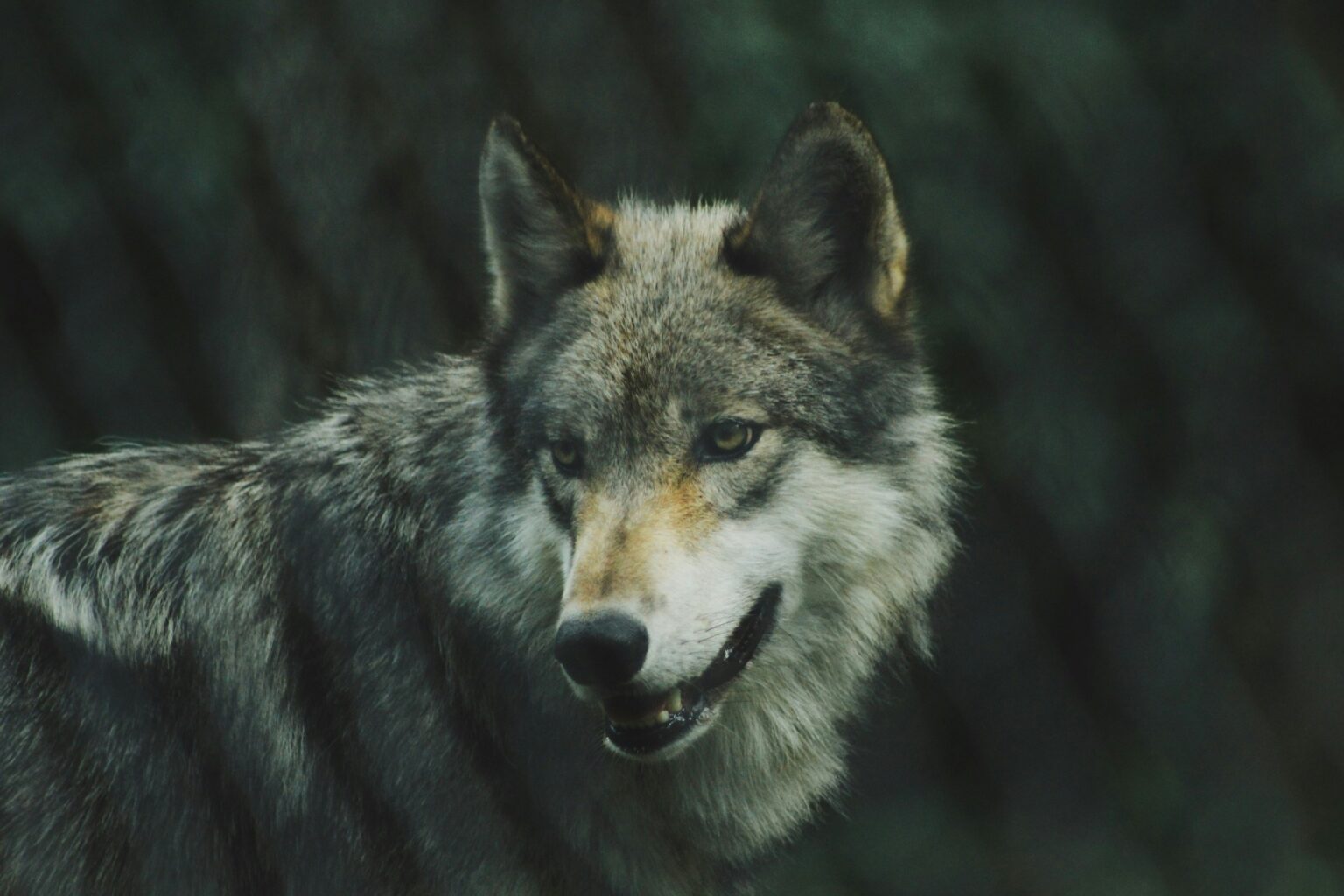Human bodies and churches aren’t the only things that suffer when one part is added, eliminated, or changed. Our ecosystem works in a careful balance as well. Here’s one example: “Surprisingly, the presence of wolves had an effect on the rivers. Riverbank erosion slowed, causing rivers to meander less, channels to deepen, and small pools to emerge. The regenerating vegetation stabilized the riverbanks, altering the park’s geography and environment. According to Doug Smith, a wildlife biologist in charge of the Yellowstone Wolf Project, ‘the presence of wolves triggered a still-unfolding cascade effect among animals and plants—one that will take decades of research to understand.’ Even though black and grizzly bears, cougars, and, to a lesser extent, coyotes still preyed on Yellowstone elk, the disappearance of wolves relieved the elk of a significant amount of predatory pressure. As a result, elk populations flourished—a bit too much. The elk pushed Yellowstone’s carrying capacity to its limits, and they didn’t migrate much in the winter, relying primarily on new willow, aspen, and cottonwood plants. That was difficult for beaver, who rely on willows to survive in the winter” (“How Wolves Change Rivers,” Rewilding Academy, June 18, 2020, https://rewilding.academy/rewilding/how-wolves-change-rivers/).





